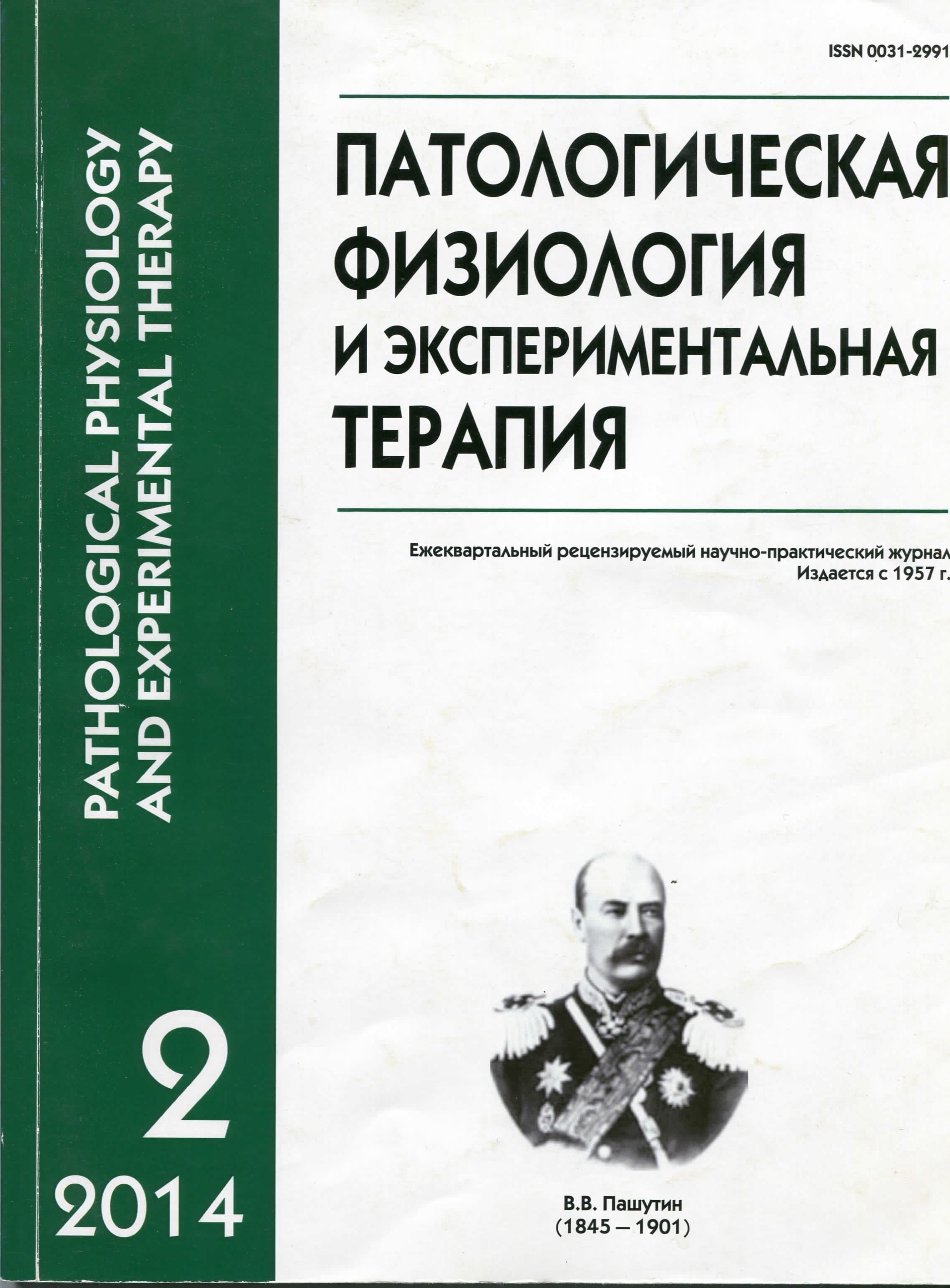Kinetics of nitrogenous metabolites in the kidney during chronic tetrachloromethane hepatitis
Keywords:
hepatitis, kidney, nitrogen, urine, metabolism
Abstract
The kinetics of ammonia, glutamine, and urea in the kidney has been studied in experiments on 203 white rats (females) at the end of chronic tetrachloromethane (CCl4) exposure (65 days) and within 14 days after cessation of CCl4. It was found that on the 65th day of CCl4 administration the arterial hyperammoniemia is formed, which lasts for 14 days after the abolition of the toxin. This is accompanied by an increased excretion of ammonia in the urine and an increase in its concentration in the blood of renal veins, which does not prevent its accumulation in renal tissue. In chronic CCl4-hepatitis model are the changes of glutamine concentration in arterial blood are developing by type of hypo- and hyperglutaminemia. CCl4 stimulates accumulation of glutamine by the kidneys at the end of exposure and at early stage of the recovery period. Toxin cessation activates processes which are stabilizing the normal concentration of glutamine in the kidney by changing glutamine incretion from kidney to renal blood flow. Long-lasting CCl4 exposure increases the concentration of urea in the arterial blood and its urinary excretion. Simultaneously urea reabsorption is activated in the kidneys, which contributes to an increase in its concentration in the blood of the renal veins.Downloads
Download data is not yet available.
Published
12-06-2014
How to Cite
Savilov P. N., Molchanov D. V. Kinetics of nitrogenous metabolites in the kidney during chronic tetrachloromethane hepatitis // Patologicheskaya Fiziologiya i Eksperimental’naya Terapiya (Pathological physiology and experimental therapy). 2014. VOL. 58. № 2. PP. 56–60.
Issue
Section
Original research






